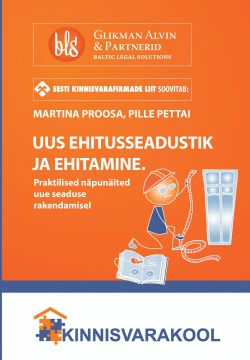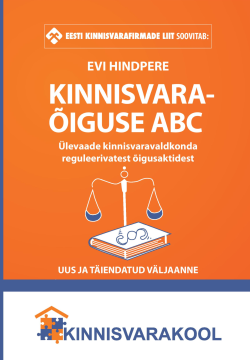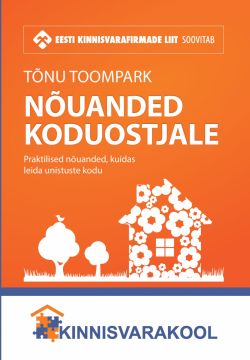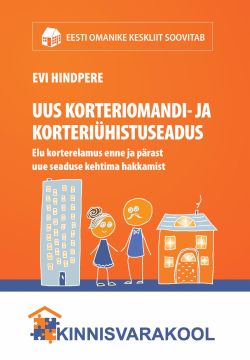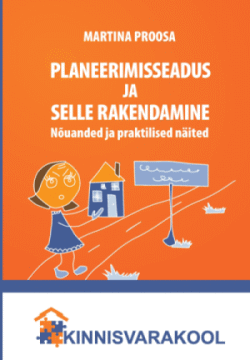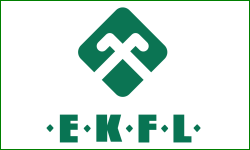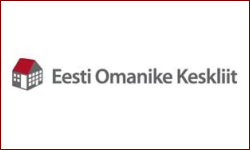 According to the flash estimate of Statistics Estonia, GDP grew by 0.7% yoy in Estonia in 4Q 2015. The growth rate met our expectations. Compared to the previous quarter, GDP grew by 1.2% (seasonally and working day adjusted). In 2015, GDP grew by 1.2% in real terms, according to the preliminary calculations.
According to the flash estimate of Statistics Estonia, GDP grew by 0.7% yoy in Estonia in 4Q 2015. The growth rate met our expectations. Compared to the previous quarter, GDP grew by 1.2% (seasonally and working day adjusted). In 2015, GDP grew by 1.2% in real terms, according to the preliminary calculations.
Decrease in exports inhibited GDP growth the most
According to the flash estimate, export of goods decreased by 4% yoy in the fourth quarter. The major share of the drop in exports came from the Russian market. Decrease of exports to the Russian market was broad based. The increase of exports to many European countries did not compensate the decrease on the Russian market. Although export dropped in the fourth quarter, the decrease slowed down in the last two months of the year.

Decrease in investments are expected to recede
The accelerated growth of import of capital goods indicates the possible improvement of investments in the fourth quarter of the last year and the beginning of 2016. However, improved demand, as well as an increase in prices, is a precondition for a recovery of investments without a decrease in business sector profits and profitability. We expect that the very low interest rate environment will persist in 2016-2017, supporting lending for investments. In 2016, the government is expected to use more EU funds in its investments, while household investments in dwellings should continue its moderate pace.
Slow down of the growth of purchasing power is expected to limit the growth of private consumption
Robust growth of retail sales refers to the ongoing fast growth of private consumption in the fourth quarter. However, the growth of net wages in real terms are expected to slow in this year, as prices will start growing and labour taxes will be lowered less than in 2015. We expect the robust growth of private consumption to slow gradually, and this will set some limits to growth in retail trade, as well as in other domestic services. However, the financial situation of households remains relatively strong. A rise in pensions, children’s allowances, and other social benefits will further support private consumption, especially of those with lower earnings, and prevent it from slowing drastically.
We expect improvement of economic growth in this year, but downward risks are considerable
Helped primarily by the recovery of exports and investments, GDP growth in Estonia is expected to accelerate to 2.3% this year. The economies of Estonia’s main trading partners are expected to improve in 2016. This should offer more possibilities to expand exports for enterprises dependent on foreign demand. However, we expect only a modest recovery of Estonian exports. This year should offer better possibilities to export more to the European markets, while enterprises dependent on the Russian market and on global oil prices should not expect considerable improvement. There are considerable downward risks for the improvement of foreign demand. In addition, the expected decline in employment, as well as the reduced investments and labour productivity over the last few years, will afford less capacity to grow in the medium term.






